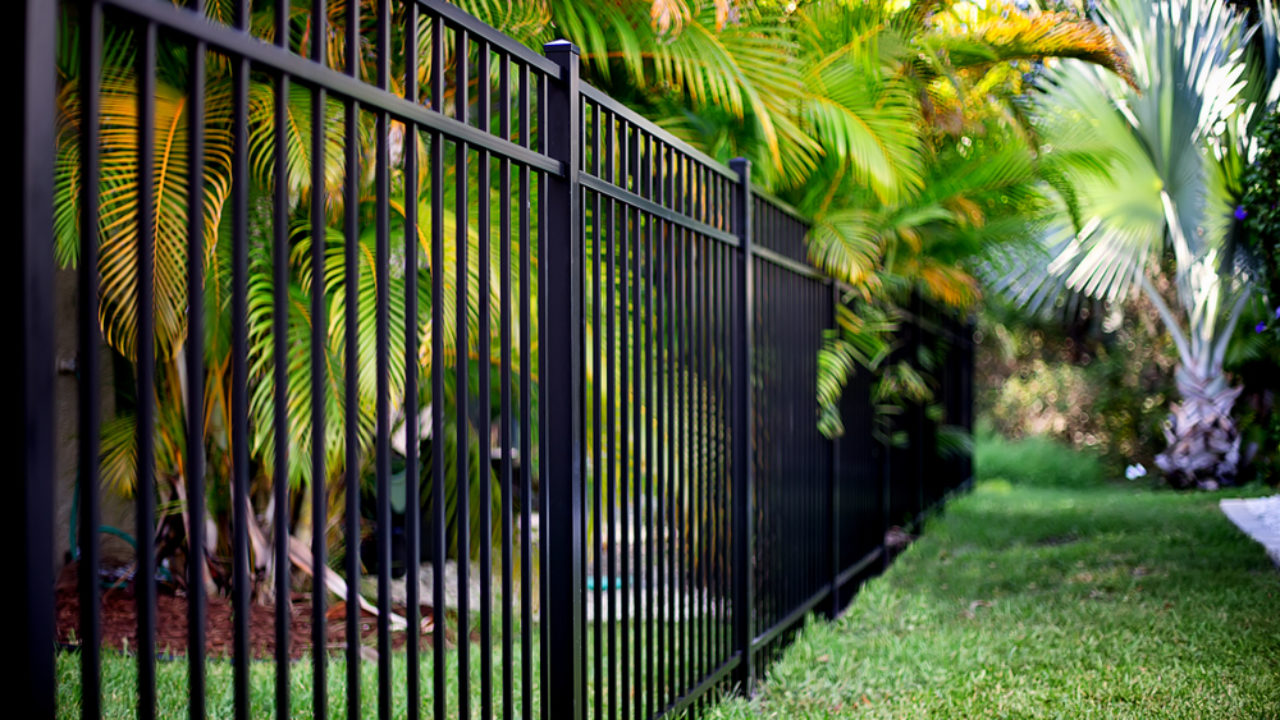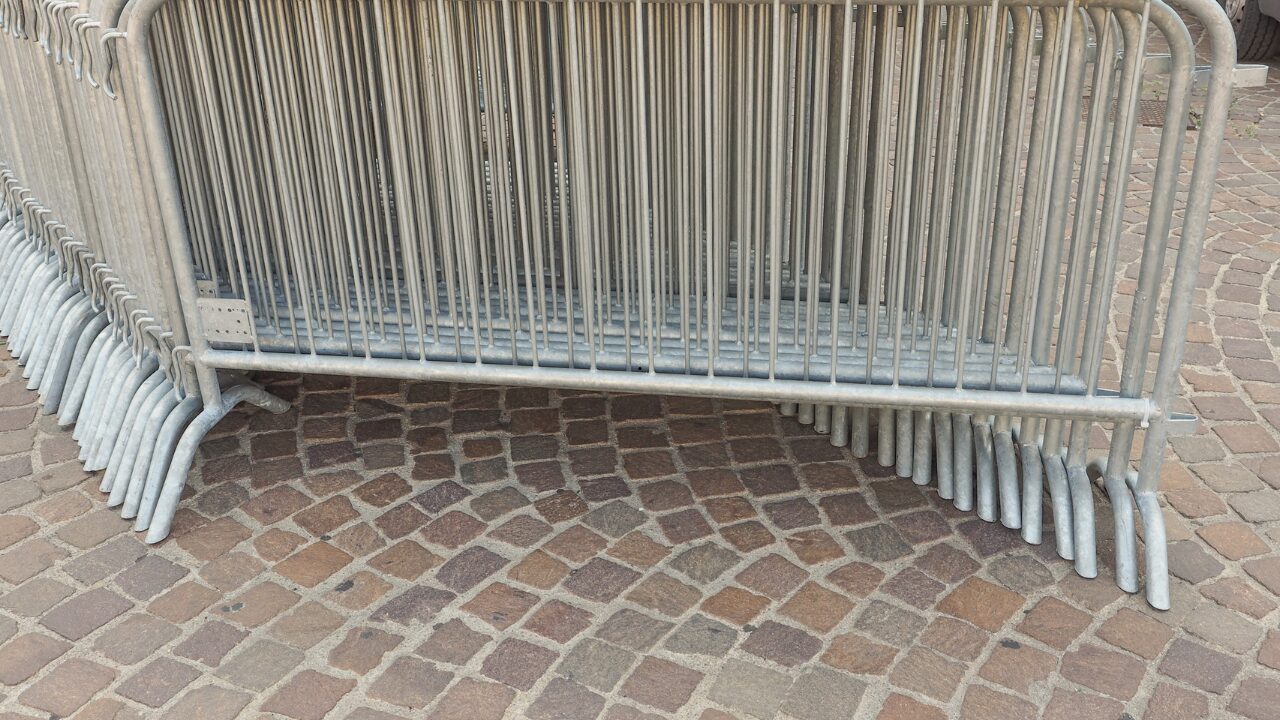When it comes to cutting the grass, fences present a unique set of challenges. You run the danger of harming the fence with a weed whacker or a lawnmower that cuts into the wood.
You can encounter problems with your equipment if you have a metal fence. You may, however, maintain a nice lawn in this region without having to repair the fences regularly.
If a fence surrounds your entire property, you’ll want to avoid causing any damage when cutting lawn grass. A few basic techniques will help to ensure that your landscaping investment lasts as long as possible. You have to do many things to make landscapes look great, and it appears that even if you do them, they won’t be enough.
You’re aware of how to trim grass near a fence so that once it has grown up, the best way to get it down is to use a trimmer with a line.
Table of Contents
Consider The Types Of Fence Edges Before Grass Cutting
Open edges, such as those around dirt, clumps, and trees, are exposed on one side. When a lawn edge finishes and a surface, such as concrete driveway brickwork or a patio, arises on the other side, it is called a closed edge. Each type necessitates its own path.
When you’re cutting, stay away from the edges. To eliminate any defects, use a half-moon tool. Use the existing edge as a guide and add a rope and sand line to modify the shape. Using an edger and trimmer, mow the edges.
You can trim over the edge as usual if your grass and edge are the same lengths. Use a trimmer if the levels are drastically different. Avoid harming the mower blade on the other surface by altering the height of your grass garden is only slightly lower.
Add a roller to the lawnmower to prevent uneven endpoints from being scalped. It would help if you also considered adding a border to the end of your grass because they are low-maintenance and will enhance the appearance of your lawn garden.
Use A Weed Trimmer
If you’re careful around home fences and gates, you can use a weed trimmer to trim the grass along the fence line. This is, however, a difficult process, and a misstep could result in the string cutting through the wood.
If you insist on going through with it, take it at a slower pace than usual. To pull this off, you’ll need much meticulous attention to detail.
Adjust The Height Of Mower’s Blades
Set your mower’s blades to the right height, which is usually between 2-3 inches. Use a taller height to safeguard the grass’s health if there have been water restrictions and a dry season. Cut to trim the grass in straight lines from one end to the other.
Keep the mower parallel to the fence, but not so near that the blades contact it. Ideally, you’ll have a few inches of uncut grass left. Contractors for residential fences can allow a gap for the weed eater to pass through when installing the fence.
With this strategy, you’ll still have difficulty with the major posts, but you’ll be able to extract most of the grass.
Adjust The Weed Trimmer Angle
Weed trimmers cut through grass with a high-speed line, but if they’re not used properly, they might harm the fence. Keep the string going downward to avoid contacting the fence as much as possible.
Metal flashing protects your fence from being damaged by lawn equipment. Another alternative is to utilize corrugated piping. Even if you hit posts with a weed whacker, the harm is limited to the covering. It’s far easier and less expensive to replace this material than it is to remove an entire piece.
Keep The Fence Above From Ground
If you haven’t yet installed your fence or are thinking about upgrading, a long-term answer is to leave several inches between the bottom of the fence and the ground. This makes using a weed trimmer underneath the fence a breeze.
You’ll still need to be cautious around the posts, but the job will go much more quickly and easily. Creating a hardscape barrier that keeps the grass from ever-growing along the fence is maybe the greatest and most appealing way to mow the lawn without hurting it.
Create a wide buffer around the fence’s perimeter with natural or attractive materials like mulch or river stones. Metal sheeting, flashing, and corrugated pipe can also be used to make a weed trimmer shield.
Conclusion
When the fence has been installed properly, learning to mow the grass without damaging it is much easier. Look for a company that assures good installation. You want straight, even fencing that sits a few inches from the ground at the very least.
Don’t put your fence in jeopardy for a tidy yard. To get the best possibilities for your garden, work with a professional fence installation. They’ll go over the benefits and drawbacks of your grass choices.





